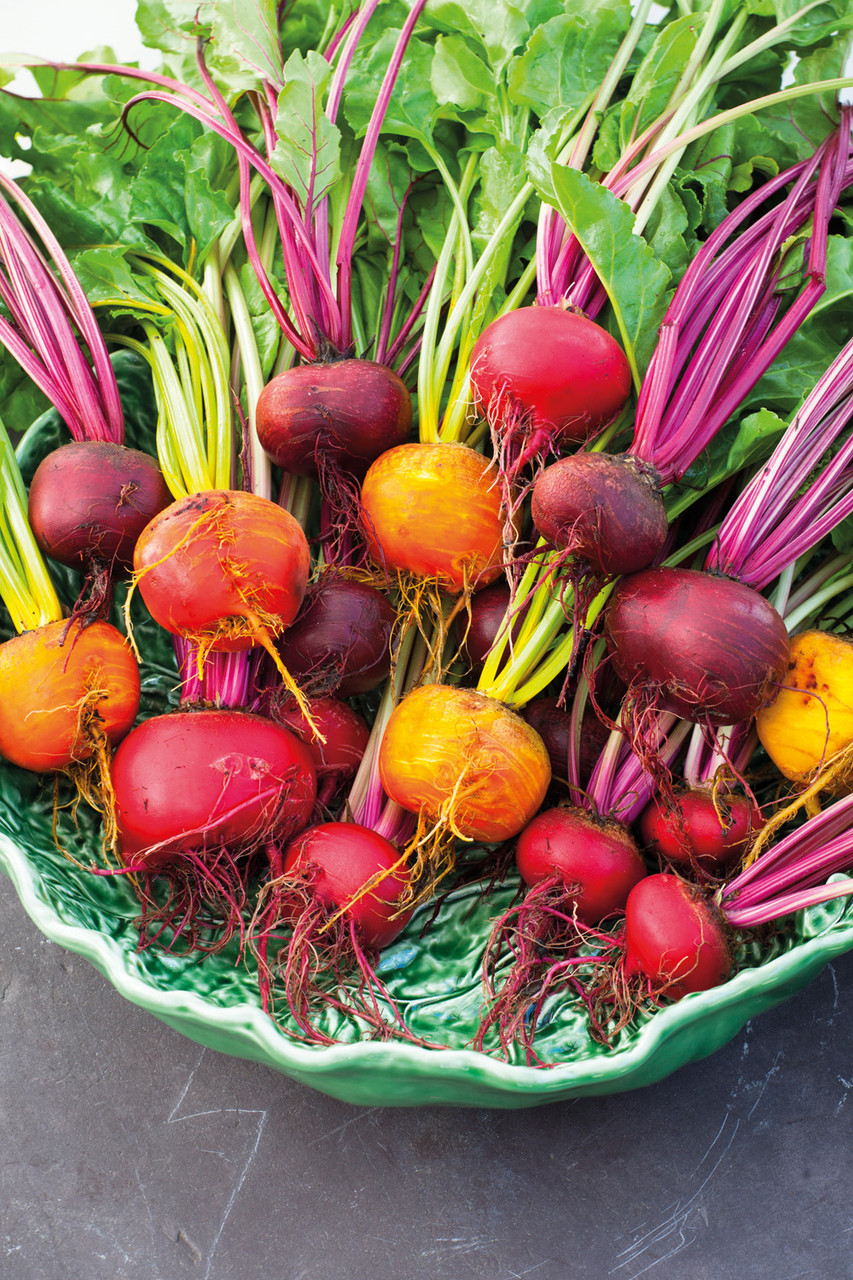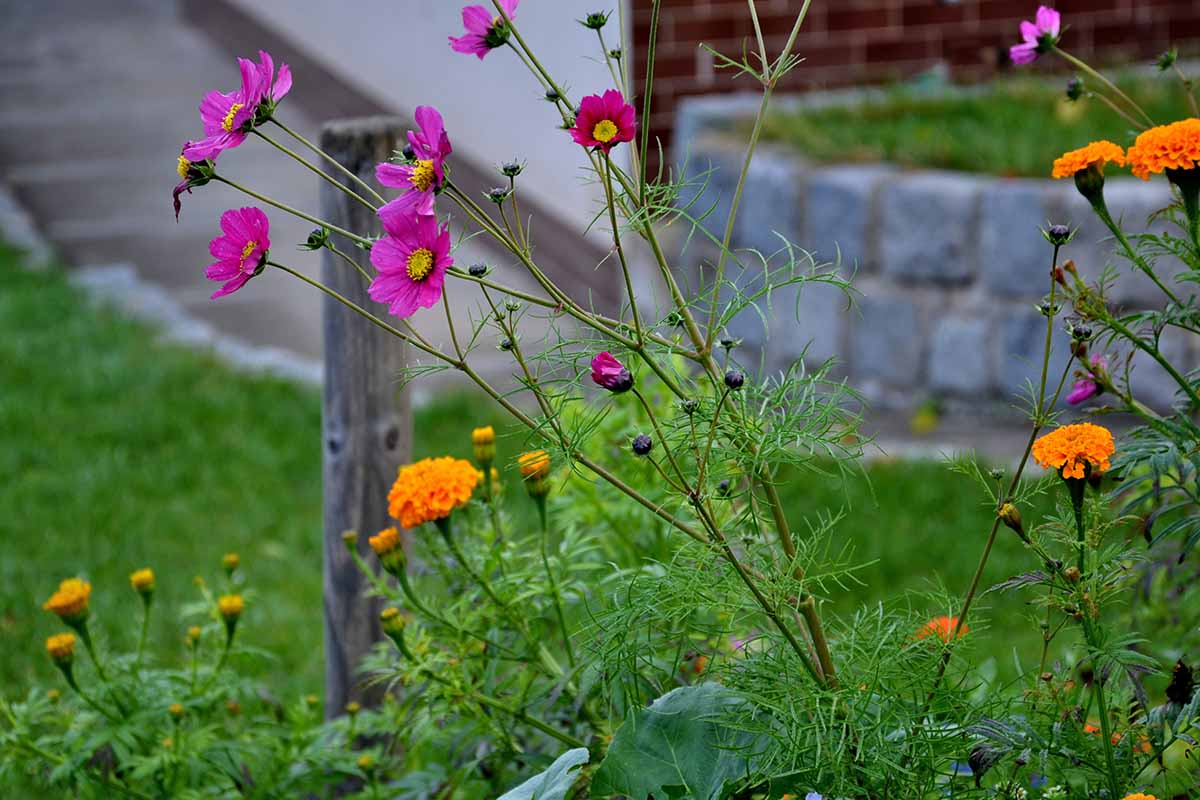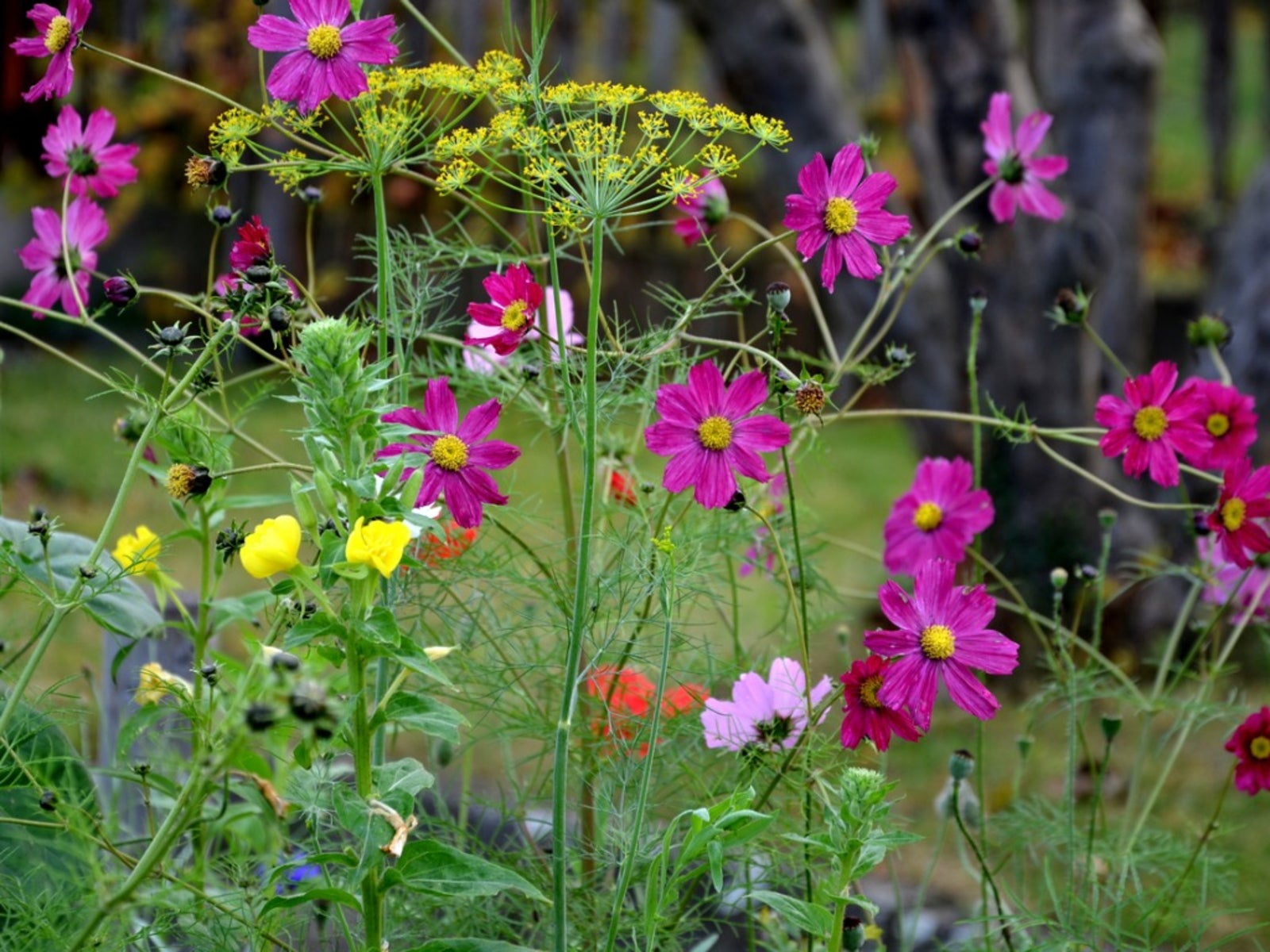The Best Cosmos Companion Plants That Will Make Your Garden Thrive
Cosmos are beautiful, easy-to-grow annuals that can add a touch of color and whimsy to any garden. They're also beneficial to the environment, attracting pollinators and helping to control pests. But did you know that cosmos can also benefit from companion planting?
Companion planting is the practice of planting certain plants together in order to create a mutually beneficial relationship. Some plants, for example, can help to deter pests, while others can improve the soil or attract pollinators. By planting cosmos with the right companion plants, you can help to create a healthy, thriving garden.
Here are some of the best cosmos companion plants:
- Marigolds: Marigolds are another annual that's known for its pest-repelling properties. They can help to keep away aphids, whiteflies, and other common garden pests. Marigolds also have a long bloom period, so they can help to extend the flowering season of your cosmos.

- Tomatoes: Cosmos and tomatoes are a classic companion planting combination. Cosmos attract pollinators, which can help to increase tomato yields. They also help to deter tomato hornworms, a common pest of tomatoes.

- Cucumbers: Cosmos can also help to deter cucumber beetles, another common pest of cucumbers. They also help to improve the soil, making it more nutrient-rich and well-drained.

- Beetroot: The dark red leaves of beetroot provide a striking contrast to the delicate blooms of cosmos. They also help to suppress weeds and improve the soil.

- Zinnias: Zinnias and cosmos are both annuals that love full sun and well-drained soil. They also have similar bloom times, so they can be planted together to create a long-lasting display of color.
- Sunflowers: Sunflowers and cosmos are both tall plants that can add height and drama to a garden. They also attract pollinators and help to improve the soil.

- Lavender: Lavender is a fragrant herb that can help to deter pests and attract pollinators. It also has a calming effect, which can make your garden a more relaxing place to be.

- Catnip: Catnip is another herb that can help to deter pests. It's also a favorite of cats, so if you have feline friends, they'll love having catnip in your garden.

When choosing companion plants for cosmos, it's important to consider the plants' needs and growing conditions. Cosmos need full sun and well-drained soil. They're also relatively low-maintenance plants, so they don't require a lot of care.
If you're looking for easy-to-grow, beautiful, and beneficial plants for your garden, cosmos are a great option. By planting them with the right companion plants, you can help to create a healthy, thriving garden that will attract pollinators and keep pests at bay.
Cosmos are beautiful, easy-to-grow annuals that can add a touch of summery charm to any garden. But did you know that they can also benefit from being planted near other plants? That's right, cosmos companion planting can help to improve their growth, deter pests, and attract pollinators.
Some of the best companion plants for cosmos include:
- Marigolds: Marigolds help to repel pests such as aphids and nematodes, which can damage cosmos plants.
- Zinnias: Zinnias have similar growing requirements to cosmos and can help to fill in any gaps in your garden.
- Dahlias: Dahlias and cosmos both have tall, airy blooms that look great when planted together.
- Bee balm: Bee balm is a nectar-rich plant that attracts bees and other pollinators, which can help to increase the number of blooms on your cosmos plants.
- Tomatoes: Cosmos can help to attract beneficial insects to your tomato plants, which can help to protect them from pests.
If you're looking for more information about cosmos companion planting, I recommend visiting Gardenia Inspiration. This website has a wealth of information on the topic, including lists of recommended companion plants, tips on how to plant them together, and benefits of companion planting.
FAQ of cosmos companion plants
- What are some good companion plants for cosmos?
Some good companion plants for cosmos include marigolds, nasturtiums, sunflowers, tomatoes, beets, and celery. Marigolds help to repel pests, nasturtiums attract beneficial insects, sunflowers provide support for cosmos plants, tomatoes benefit from the pollinators that cosmos attract, beets look attractive with the dark red leaves against the cosmos flowers, and celery and cosmos have similar growing requirements.
- What are some vegetables that can be planted with cosmos?
In addition to beets, other vegetables that can be planted with cosmos include squash, cucumbers, and beans. Cosmos attract pollinators, which help to pollinate these vegetables and increase their yields. Cosmos also help to suppress weeds and improve the soil quality.
- What are some flowers that can be planted with cosmos?
Cosmos can be planted with a variety of flowers, including zinnias, marigolds, sunflowers, salvias, and dianthus. These flowers have similar growing requirements and can help to attract pollinators to the garden.
- How far apart should cosmos plants be planted?
Cosmos plants should be planted about 12-18 inches apart. This allows them enough space to grow and spread.
- How do I care for cosmos companion plants?
Cosmos companion plants should be watered regularly, especially during hot, dry weather. They should also be fertilized every few weeks with a balanced fertilizer. Cosmos companion plants are generally pest- and disease-resistant, but they may be susceptible to aphids, whiteflies, and spider mites. If you notice any pests or diseases, treat them immediately with an organic pesticide or fungicide.
Image of cosmos companion plants
Here are 5 different images of cosmos companion plants from Pinterest:
- Cosmos and sunflowers. Both cosmos and sunflowers are tall, sun-loving plants that attract pollinators. They can be planted together in a flower bed or border for a colorful and cheerful display.

- Cosmos and marigolds. Cosmos and marigolds are both annual flowers that are native to Mexico. They have similar growing requirements and can be planted together in a sunny spot. Marigolds help to repel pests, which can be beneficial for cosmos plants.

- Cosmos and nasturtiums. Cosmos and nasturtiums are both edible flowers that can be used in salads or as garnishes. They have different growing requirements, so it is important to choose varieties that will thrive in your climate.

- Cosmos and tomatoes. Cosmos can be planted near tomatoes to help deter pests. The strong scent of cosmos can help to repel insects that are attracted to tomatoes, such as aphids and whiteflies.

- Cosmos and asparagus. Cosmos and asparagus are both tall, upright plants that can be planted together in a vegetable garden. The asparagus fern can help to shade the roots of the cosmos plants, which can help to prevent them from drying out.
Post a Comment for "The Best Cosmos Companion Plants That Will Make Your Garden Thrive"